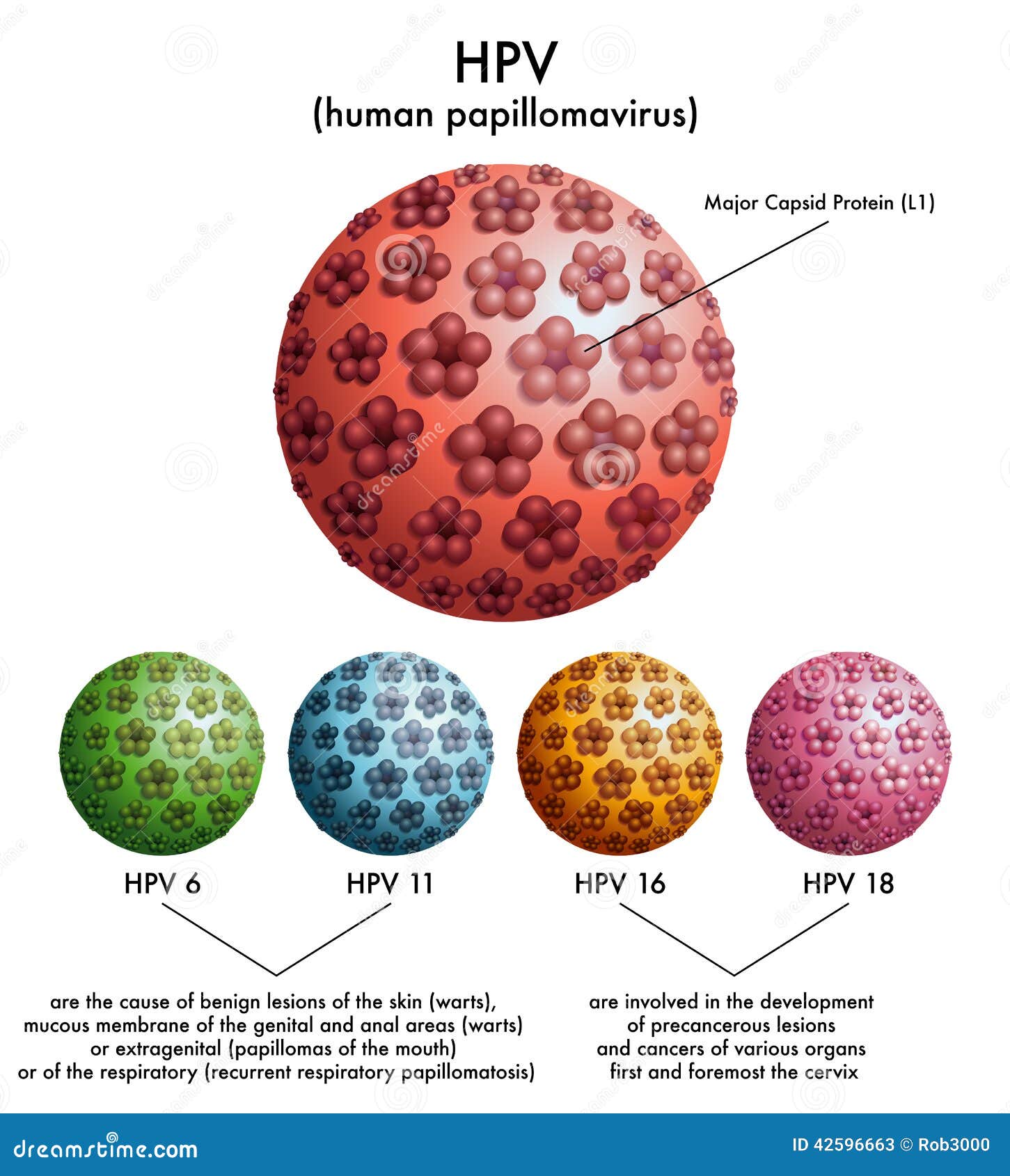Human Papillomavirus
Genital human papillomavirus (also called HPV) is the most common sexually transmitted infection (STI). There are more than 40 HPV types that can infect the. Human papilloma virus (HPV), commonly known as the virus that causes genital warts and cervical cancer in women, is increasingly being recognized now as a cause of infections that colonize the back of the mouth (throat or oropharynx), including the tongue base and tonsils, and potentially a cause of cancer of the head and neck. Human Papillomavirus (HPV) is a common sexually transmitted infection. A pap smear can help detect changes in the cervix caused by HPV.

Human papillomavirus, or HPV, is a common virus affecting both males and females. Up to 80% of people will be infected with at least one genital type of HPV at some time in their lives. 1 Anyone who has had any kind of sexual activity involving genital contact could get genital HPV. In most people, HPV is harmless and has no symptoms, but in some people the virus may persist and lead to diseases of the genital area, including genital warts and cancers of the cervix, vagina, vulva and anus. Explore this site to learn more about HPV disease.
Speak to your doctor for ways to help prevent HPV disease, including vaccination. Importantly, women should continue with regular cervical screening. TALK TO YOUR DOCTOR OR HEALTHCARE PROFESSIONAL FOR MORE INFORMATION.
Is a group of more than 150 related viruses. Each virus in this large group is given a number, which is called its HPV type. HPV is named for the warts (papillomas) some HPV types can cause. Some other HPV types can lead to cancer of the mouth/throat and anus/rectum, in both men and women. Men can also get penile HPV cancer. In women, HPV infection can also cause cervical, vaginal, and vulvar HPV cancers. HPV is transmitted through intimate skin-to-skin contact.
You can get HPV by having vaginal, anal, or oral sex with someone who has the virus. It is most commonly spread during vaginal or anal sex. HPV is so common that nearly all men and women get it at some point in their lives.
HPV can be passed even when an infected person has no signs or symptoms. You can develop symptoms years after being infected, making it hard to know when you first became infected. In most cases, HPV goes away on its own and does not cause any health problems. But when HPV does not go away, it can cause health problems like genital warts and cancer.
Genital warts usually appear as a small bump or groups of bumps in the genital area. They can be small or large, raised or flat, or shaped like a cauliflower. A healthcare provider can usually diagnose warts by looking at the genital area.
HPV cancers include cancer of the cervix, vulva, vagina, penis, or anus. HPV infection can also cause cancer in the back of the throat, including the base of the tongue and tonsils. Is important because it protects against cancer. Every year in the United States, HPV causes more than 30,000 cancers in men and women. HPV vaccination can prevent most of the cancers (about 90 percent) from occurring. All kids who are 9 through 14 years old should receive two doses of HPV vaccine 6 to 12 months apart.

Human Papilloma Virus (hpv)
Adolescents who receive their two doses less than five months apart will require a third dose of HPV vaccine. Anyone who is 15 through 26 years old receiving the vaccine for the first time should receive three doses of the HPV vaccine. The second dose of the vaccine should be received two months after the first dose, and the third dose should be received six months after the initial dose. Also, three doses are still recommended for people with certain immunocompromising conditions aged 9 through 26 years.
Human Papillomavirus Warts

Teen boys and girls who did not start or finish the HPV vaccine series when they were younger should get it now. HPV vaccine is recommended for females through age 26, and males through age 21. HPV vaccine is also recommended for the following people, if they did not get vaccinated when they were younger:. young men who have sex with men, including young men who identify as gay or bisexual or who intend to have sex with men through age 26;. young adults who are transgender through age 26; and.
young adults with certain immunocompromising conditions (including HIV) through age 26. Source: Centers for Disease Control and Prevention.